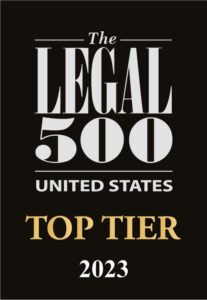After a year during which uncertainty in the equity markets became the new normal, many stakeholders are wondering whether the disruptions are behind us. A look at key indicators might lead one to say yes. The S&P Loan Index has returned to pre-pandemic levels, the default rate is significantly below the peak of 10% seen during the great financial crisis, and roughly $840 billion of M&A value was realized in 2020 versus $802 billion in 2019—and $290 million in Q1 2021 alone. But under the surface, several COVID-19-related factors and other market shifts still have the potential to lead to second-order or longer-term impacts.
read more

 Subscribe
Subscribe




